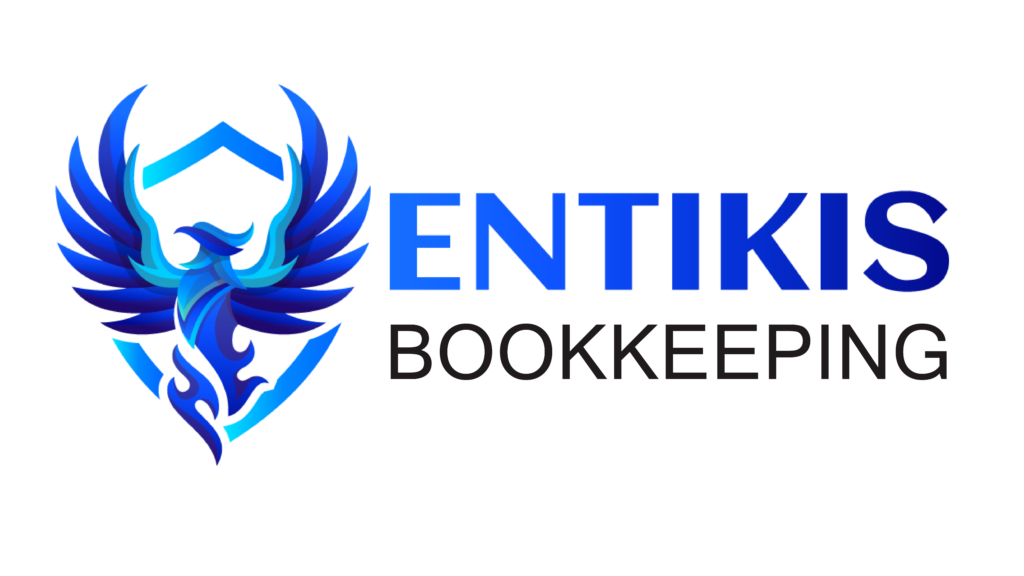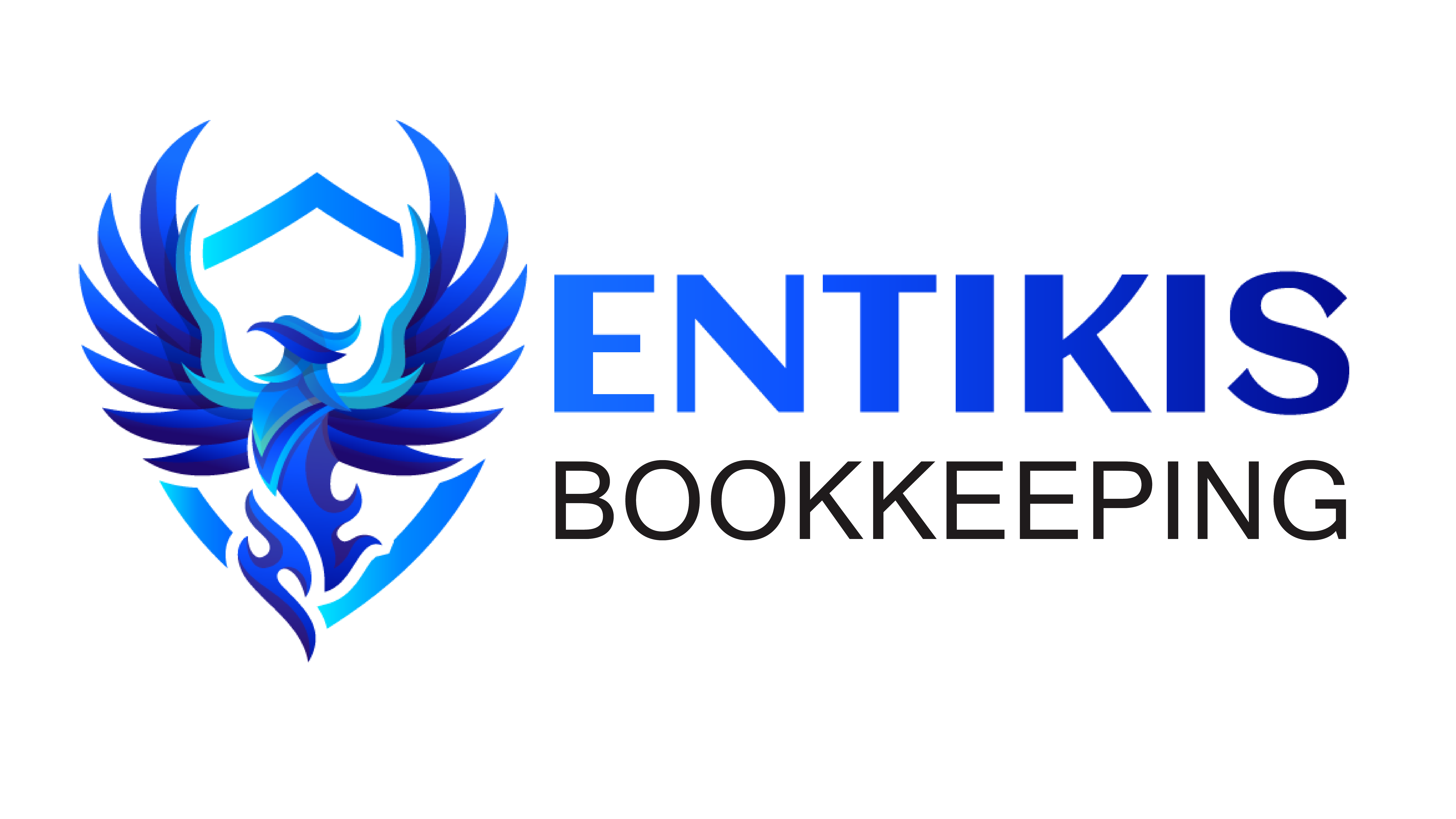In the fast-paced world of restaurant management, cash flow is king. Effective cash flow management can mean the difference between thriving and merely surviving in the competitive food industry. Whether you’re a seasoned restaurateur or just starting out, understanding and optimizing your cash flow is essential for long-term success. In this blog post, we’ll explore some top tips for restaurant cash flow management that can help you maintain financial stability and achieve your business goals.

Tips for Financial Success
Implementing a robust accounting system is foundational to effective cash flow management in the restaurant industry. The choice of accounting software is critical as it forms the backbone of financial record-keeping and analysis. Opt for a system specifically designed for restaurants, as it will come equipped with features tailored to your unique needs. These may include modules for tracking sales by menu item, monitoring expenses by category (such as food, labor, and overhead), managing inventory levels, and processing payroll efficiently.
Maintaining accurate financial records is not just about compliance; it provides invaluable insights into your restaurant’s financial health. By regularly updating your accounting system with sales data, expense receipts, and payroll information, you gain better visibility into your cash flow. This allows you to identify patterns and trends, enabling proactive decision-making to address potential issues before they escalate.
Cash flow monitoring should be a routine part of your restaurant management practices. Generate cash flow statements regularly to track the movement of funds in and out of your business. These statements should encompass all sources of revenue, including sales revenue from dine-in, takeout, and delivery, as well as any additional income streams. On the expense side, account for operating expenses such as rent, utilities, payroll, and inventory purchases, as well as any loan repayments or other financial obligations.
Analyzing your cash flow statements is where the real value lies. By scrutinizing these reports, you can pinpoint areas of strength and weakness within your restaurant’s financial operations. Are there consistent dips in cash flow during certain times of the month? Are expenses exceeding projections? Are there opportunities to increase revenue or decrease costs? By answering these questions, you can develop actionable strategies to optimize your cash flow and improve overall profitability.
Forecasting future cash flow is another essential aspect of proactive cash flow management. By projecting your restaurant’s cash flow over the coming weeks or months, you can anticipate any potential cash shortages or surpluses. Consider factors such as seasonality, upcoming expenses (such as equipment maintenance or staff training), and shifts in customer demand (such as holidays or special events). Armed with this foresight, you can adjust your operations accordingly, whether by tightening spending, pursuing additional revenue opportunities, or securing alternative funding sources to bridge any gaps.
Implement a robust accounting system: Investing in a reliable accounting system is the first step towards effective cash flow management. Choose a system that is tailored to the needs of the restaurant industry and offers features such as tracking sales, expenses, inventory, and payroll. By maintaining accurate financial records, you’ll have better visibility into your cash flow and can make informed decisions to improve profitability.
Monitor and analyze your cash flow regularly: Monitoring your cash flow on a regular basis is crucial for identifying trends and potential issues before they escalate. Create cash flow statements to track incoming and outgoing cash flow, including sales revenue, operating expenses, and loan payments. Analyze these statements to identify areas where you can cut costs, increase revenue, or improve efficiency.
Forecast future cash flow: In addition to monitoring your current cash flow, it’s important to forecast future cash flow to anticipate any potential cash shortages or surpluses. Consider factors such as seasonality, upcoming expenses, and changes in customer demand when creating your cash flow projections. By forecasting your cash flow, you can better plan for the future and avoid any cash flow crunches.
Manage your inventory effectively: Inventory management plays a significant role in restaurant cash flow management. Excess inventory ties up valuable cash and can lead to spoilage and waste, while insufficient inventory can result in stockouts and lost sales. Implement inventory management best practices such as regular inventory counts, setting par levels, and optimizing order quantities to strike the right balance and maximize cash flow.
Negotiate favorable terms with suppliers: Negotiating favorable terms with your suppliers can help improve your cash flow by reducing costs and extending payment terms. Consider negotiating discounts for early payment, bulk purchasing discounts, or consignment arrangements to free up cash for other business needs. Building strong relationships with your suppliers can also lead to better pricing and service in the long run.
Optimize your pricing strategy: Your pricing strategy has a direct impact on your cash flow and profitability. Conduct market research to understand your competitors’ pricing and customer preferences, and adjust your prices accordingly. Consider implementing dynamic pricing strategies based on factors such as time of day, day of the week, and demand levels to maximize revenue and cash flow.
Control operating expenses: Controlling operating expenses is essential for maintaining a healthy cash flow. Review your expenses regularly and identify areas where you can cut costs without sacrificing quality or service. Consider renegotiating contracts with vendors, reducing energy consumption, and cross-training employees to improve efficiency and productivity.
Investing in technology has become a cornerstone of modern restaurant management, offering a plethora of tools and solutions to streamline operations, enhance efficiency, and drive profitability. In an industry where time is of the essence and margins are razor-thin, leveraging technology can be a game-changer for cash flow management and overall business success.
One of the most impactful technological investments for restaurants is the implementation of a robust point-of-sale (POS) system. A modern POS system goes beyond simply processing transactions; it serves as a central hub for managing various aspects of your restaurant’s operations, including sales tracking, inventory management, and reporting. By integrating inventory management features directly into your POS system, you can track ingredient usage in real-time, monitor stock levels, and automate reordering processes. This not only helps prevent costly stockouts and wastage but also ensures that you always have the right ingredients on hand to meet customer demand, thereby optimizing cash flow and reducing overhead costs.
Furthermore, a POS system with robust reporting capabilities provides invaluable insights into your restaurant’s financial performance. By generating detailed sales reports, you can identify trends, analyze customer preferences, and make data-driven decisions to maximize revenue and profitability. Whether it’s adjusting menu pricing, promoting high-margin items, or targeting specific customer segments, access to real-time sales data empowers you to fine-tune your strategies and drive business growth.
In addition to POS systems, online ordering and delivery platforms have emerged as indispensable tools for restaurants looking to expand their revenue streams and reach new customers. By offering online ordering and delivery services, you can tap into the growing demand for convenience and flexibility, catering to customers who prefer to dine in the comfort of their own homes. Not only does this open up new revenue opportunities, but it also helps attract a wider audience and build customer loyalty over time.
Moreover, online ordering platforms often come equipped with built-in marketing and promotional tools, allowing you to showcase your menu, promote special offers, and engage with customers directly through digital channels. By leveraging these features, you can drive traffic to your restaurant, boost sales, and ultimately improve cash flow.
In conclusion, investing in technology is essential for modern restaurants looking to thrive in today’s competitive landscape. By implementing POS systems with integrated inventory management and reporting capabilities, as well as online ordering and delivery platforms, you can streamline operations, optimize cash flow, and position your restaurant for long-term success.
Secure alternative sources of funding: Despite your best efforts, there may be times when you need additional funding to cover unexpected expenses or seize growth opportunities. Explore alternative sources of funding such as small business loans, lines of credit, or crowdfunding to supplement your cash flow. Just be sure to carefully evaluate the terms and conditions of any financing options to ensure they align with your business goals.
Seek professional advice: Managing restaurant cash flow can be complex, especially for small business owners with limited financial expertise. Consider seeking advice from financial professionals such as accountants, bookkeepers, or financial advisors who specialize in the restaurant industry. They can provide valuable insights and guidance to help you navigate financial challenges and achieve your business objectives.
In the volatile and competitive landscape of the restaurant industry, mastering cash flow management is akin to navigating turbulent waters. However, armed with the right strategies and tools, you can steer your restaurant towards financial success and sustainability. The tips provided in this blog post serve as a roadmap to guide you through the intricacies of cash flow management, empowering you to make informed decisions and take proactive measures to safeguard your business’s financial health.
Maintaining a healthy cash flow isn’t merely a matter of survival; it’s a prerequisite for growth and expansion. By diligently monitoring your cash flow, analyzing trends, and forecasting future needs, you can anticipate challenges and capitalize on opportunities with confidence. Moreover, leveraging technology, optimizing pricing strategies, and forging strong partnerships with suppliers can all contribute to maximizing your restaurant’s cash flow and profitability.
Remember, effective cash flow management is a continuous journey rather than a destination. Stay adaptable, remain vigilant, and be willing to reassess and refine your strategies as needed. And never hesitate to seek guidance from financial professionals who can offer tailored advice and insights into navigating the complexities of restaurant finance.
In the end, by prioritizing cash flow management and implementing the strategies outlined here, you can lay a solid foundation for your restaurant’s long-term success and realize your vision of culinary excellence and entrepreneurial achievement.
If You Are Looking For Professional Bookkeeping Services, Please Contact Us At Admin@Entikis.Com And 817-415-1715 To Learn More About How Entikis Bookkeeping Can Support Your Journey To Success! Located At 640 Taylor St Suite , Fort Worth, TX, United States, Texas. We Offer Professional Bookkeeping Services For Businesses In The Burleson, Fort Worth And The Surrounding Tarrant County Metroplex.




